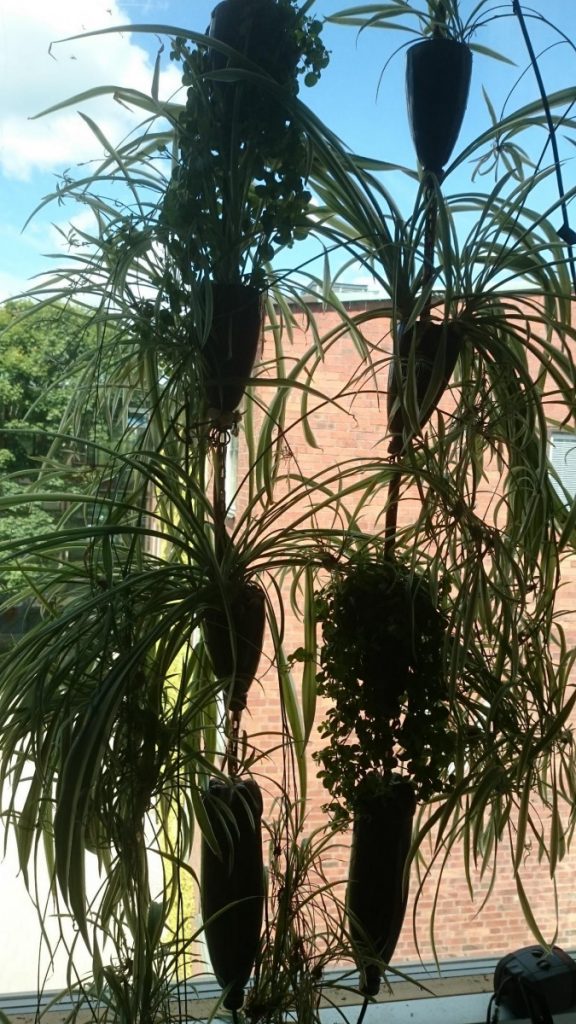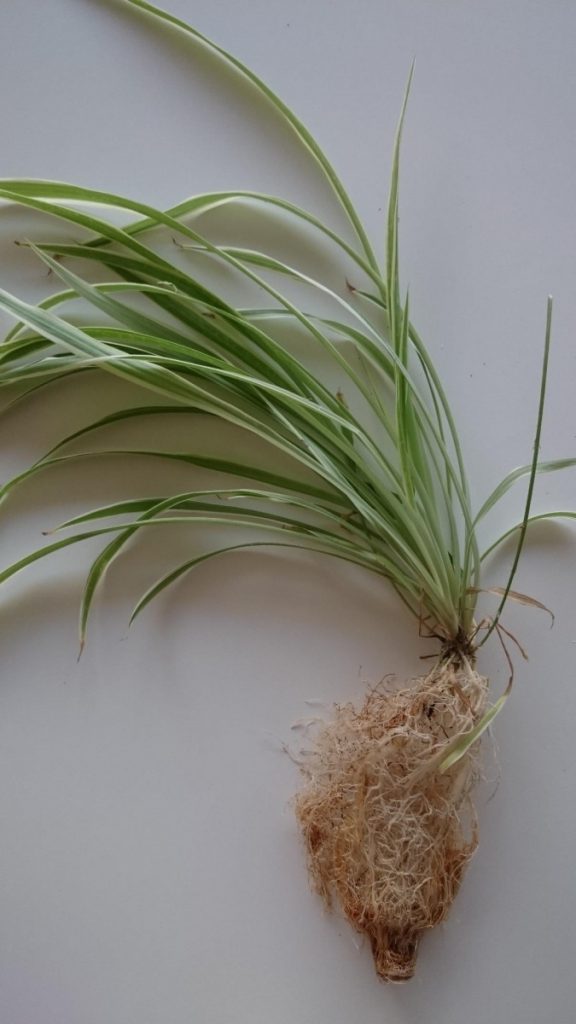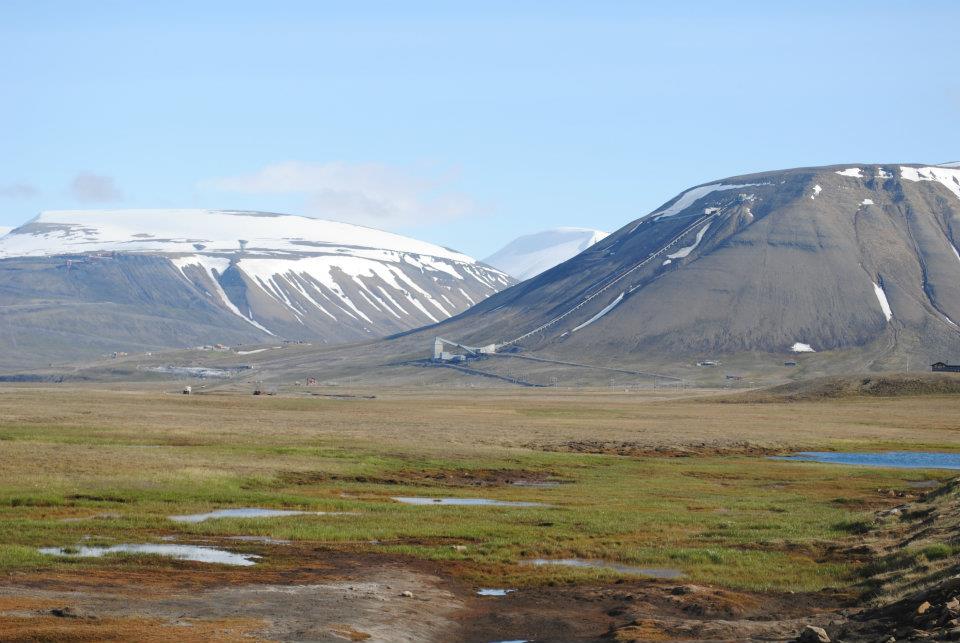As a division, we publish a lot in many different outlets. Klara Müller, Linus Salö and Sverker Sörlin have compiled the following discussion of our publication pattern in our last Biennial report, which you can find here.

Trends in Publishing
The following section is dedicated to an analysis of the Division’s publication patterns and is based on information collected from Digitala Vetenskapliga Arkivet, DiVA. The information in DiVA is uploaded by the researchers themselves. “Scientific publications”, as defined here, are publications registered in DiVA as “refereed” or “other academic”. The category does not include the content-type “other (popular science, discussion, etc.)”. For this year’s report, we have also excluded the subcategories “oral presentation only”, “oral presentation with published abstract”, and posters.
Thus defined, the output of scientific publications in 2019 and 2020 combined is 212. The two dominant publication types are article in journal (102) and chapter in book (61). Together, these two publication types amount to 77 % of all scientific publications. The remaining publication types consist of book reviews (14) and books (9) along with doctoral theses (4), reports (7) and edited collections (8).
Why should we analyze publication data?
Scholars from a wide range of subjects have criticized the usage of metrics to evaluate research, and this critique has been particularly forceful from scholars active in humanities disciplines. We hope that by compiling publication data from DiVA, we can identify patterns that would not be possible to determine otherwise. This analysis acknowledges certain aspects of the Division’s publication output mediated through visualizations, numbers and charts. We can use the data to identify trends, strengths and weaknesses in publication patterns. But it is, of course, only possible to reflect certain aspects of what the members of the Division have been working on the last couple of years. It also brings up important questions about what we should measure, what this type of analysis of this type of data can tell us, and what research output we should focus on. How much can the Division publish, while maintaining high-quality publications? What is high-quality research, and what can we do to produce that? This analysis will not answer these broad questions, but might instead provoke new insights on what we can use metrics for.
Overall trends 2010 – 2020
Overall, the Division’s publications have seen a stable increase during the last decade. The most prominent category is refereed journal articles, while the output of the other categories (refereed book chapters, books, dissertations, other academic publication types) have been fairly stable. To put this in context, the Division’s research output has grown in a period when such output has in a general decreased in Sweden. According to the latest UKÄ report (February 2021), total publications dropped by 17 %, and in Humanities and Art the decrease has been no less than 23 %. The total number of peer-reviewed articles in the latter category was 1164 in Sweden during 2020.
The 2017 – 2018 Division report identified a salient rise in peer-reviewed publications and publications published in English. These trends are persisting. In 2010, the largest content type was “other”, followed by “other academic” and “refereed”. A decade later, in 2020, the proportions were reversed, with refereed publications being the most numerous and the proportionally largest content type.
Publishing languages
Because Swedish is by far the most common language used in output categorized as “other”, the relative share of Swedish-language publications in the Division has dropped from 55 % in 2010 to 39 % in 2020 when all content types are considered. It follows that this tendency is even stronger when only scientific publications are examined. In 2010, a third of the scientific publications were published in Swedish; in 2020, we are down to a fifth. That said, the trend does not point to a continuous decrease in Swedish-language scientific publications.
Refereed journals 2019 – 2020
The larger the word, the more frequent it is in the titles of the refereed journals that members of the Division have been publishing in over the last two years. This gives a hint of the areas of interest of members of the Division.
During the past two years, members of the Division have been publishing in the following outlets:
Peer-reviewed journals
• Ab Imperio: Theory and History of Nationalities and Nationalism in the Post-Soviet Realm
• Ambio: A Journal of Environment and Society
• Annals of the American Association of Geographers
• Body & Society
• Cahiers du Monde Russe
• Cogent Arts and Humanities
• Current Anthropology
• Current Opinion in Environmental Sustainability
• Ecocene: Cappadocia Journal of Environmental Humanities
• Ecology & Society
• Ecology and Evolution
• Energy Policy
• Energy Research & Social Science
• Environment and History
• Environmental History
• Environmental humanities
• Environmental Justice
• Environmental Science and Policy
• Ėtnograficheskoe Obozrenie
• Fennia: International Journal of Geography
• Fish and Fisheries
• Frontiers in Energy Research
• Geographical Journal
• Global Environment
• Green Letters: Studies in Ecocriticism
• H-Environment Roundtable Reviews
• Historiallinen Aikakauskirja [Historical Journal]
• History and Anthropology
• Humanities
• Industry & Higher Education
• International Journal of Urban and Regional Research
• Journal of Archaeological Method and Theory
• J ournal of Environmental Policy & Planning
• Journal of Historical Geography
• Journal of Northern Studies
• Journal of Transport History
• Land Use Policy
• Landscape and Urban Planning
• Landscape Research
• Language in Society
• Leonardo Music Journal
• Media Theory
• Minerva: A Review of Science, Learning and Policy
• Mobilities Journal
• Multilingua: Journal of Cross-cultural and Interlanguage Communication
• Nature
• Nature Climate Change
• Niin & Näin: filosofinen aikakauslehti
• NTM: International Journal of History and Ethics of Natural Sciences, Technology and Medicine
• Polar Geography
• Polar Record
• Popular Communication
• Progress in Planning
• Public History Weekly
• Resilience: A Journal of the Environmental Humanities
• Scandinavian Economic History Review
• Scandinavian Journal of History
• Scientia Canadiensis: Canadian Journal of the History of Science, Technology and Medicine
• Sibirskie Istoricheskie Issledovaniia
• Sport in Society: Cultures, Media, Politics, Commerce
• Studies in History and Philosophy of Science
• Sustainability
• Sustainability Science
• Technology and Culture
• Technology in Society
• Tertiary Education and Management
• The Extractive Industries and Society
• Tijdschrift voor Geschiedenis
• Trace: Journal of Writing, Media, Ecology
• Turkish Studies
• Urban Geography
• WIREs [Wiley Interdisciplinary Reviews] Water
Books with the following publishing houses:
• KK-stiftelsen (Stockholm)
• Routledge (3)
• Natur & Kultur (Stockholm)
• Baggrund.com (Copenhagen)
• Ellerströms förlag (Lund, SE)
• Campus Verlag (Frankfurt)
• Bokförlaget Atlas (Stockholm)
• MIT Press (Cambridge, MA)
Chapters in books with the following publishing houses:
• Aalto ARTS Books (Helsinki) (2)
• Arche Press (Gothenburg)
• Arkiv förlag & tidskrift (Lund) (3)
• Art and Theory Publishing (Stockholm)
• Bentham eBooks
• De Gruyter (Berlin)
• Deutsches Museum Verlag (Munich)
• Dialogos Förlag (Stockholm) (2)
• Föreningen för folkbildningsforskning (Stockholm)
• Gnasso Editore (Aversa, IT)
• John Wiley & Sons
• Jovis Verlag GmbH (Berlin)
• Kungl. Ingenjörsvetenskap-sakademien (Stockholm) (3)
• MIT Press (3)
• Natur & Kultur (Stockholm)
• Nordiska museets förlag (Stockholm) (3)
• Open Book Publishers (Cambridge, UK) (5)
• Open Humanities Press (London)
• Palgrave Macmillan (4)
• PM edizioni (Varazze, IT)
• Polaris (Stockholm)
• Regeringskansliet (Stockholm)
• Routledge (22)
• Sage Publications (Los Angeles & London)
• SISU Idrottsböcker (Stockholm)
• Springer Nature (2)
• Tartu University Press (Tartu, FI)
• Taylor & Francis (7)
• The University of Alabama Press
Topics
Keywords corroborate the impression from journal titles that environment is a cross cutting theme in much of the Division’s research. The strong social concern is also visible (words such as political, justice, human, labour), along with an interest in urban issues, infrastructures, and energy in various forms. Science and technology also loom large as do gender/feminist, heritage, climate, and the Anthropocene. A significant category is “earth objects” such as sea, earth, air, water. As for geographical spread many regions appear, from the Philippines to the Baltic, but Sweden and Polar/Arctic are the most frequent ones, reflecting major research efforts in these areas. Our two special hubs are reflected in a strong presence of “Environmental Humanities”, and “Posthumanities”.
Collaboration
Collaboration in academic publishing is a strong trend. On page 35 we have listed the Division’s unique collaboration partners during 2019 and 2020, through co-authorships registered in DiVA. It is possible to identify certain clusters – outside of Sweden, universities in the US and the UK are frequent collaboration partners in our publishing. There are also many collaboration partners in the north – Norway, Iceland, Russia, Canada and Finland.
The rise of our co-authorships reflects, above all, continued internationalization, both of research collaboration and research content. This is in line with a general trend in humanities research in Sweden for more than a decade. According to a report from the research council VR (The Research Barometer 2019, p. 62), the share of Arts and Humanities publications co-authored internationally grew from 18 to 30 % from 2007 to 2017. As the figure illustrates the Division has moved in the same direction, only somewhat earlier and in a more pronounced way. In 2020 such publications made up around 50 % of our total publications (taking into account that a small handfulof the co-authorships are within Sweden). Part of the explanation is probably the relatively high proportion of non-Swedes among our researchers, but our collaboration networks are also important.
Publishing for other audiences
The following category of publications is not included in the analysis of scientific publications, since it is based on what is defined as “other (popular science, discussion, etc.)” in DiVA. This review was made to get a better understanding of how the Division’s publishing engages with audiences outside academia. In 2019 and 2020, members of the Division’s most frequent “non-scientific” publications, were in the newspapers Dagens Nyheter (16) and Svenska Dagbladet (9). The web-based magazine Curie, issued by the Swedish Research Council (Vetenskapsrådet), has also been a dominant outlet for non-scientific publications.
As the word cloud indicates, with newspapers as the dominant outlet, “article in journal” is the most common outlet in the category “other”, with 54 posts. But it is not the only one. There are also “chapter in book” (6) and, again, “other” (16). In this category, we find a mixture of blog posts and other online discussion outlets.
The category “other” has been fairly stable the last decade, except for a dip in 2013 and a rise in 2020. The stability indicates that members of the Division have not published less in non-peer-reviewed outlets, for example, newspapers, due to the rise in refereed articles and book chapters. We can also identify a notable rise in publications in the category “other” during 2020. A possible explanation of this rise in publications during 2020 might be the Covid-19 pandemic and the need for researchers to engage in public debates, which members of the Division have done with at least 10 texts reflecting on the crisis.
In the category “other”, Swedish is the dominant language with 61 publications, followed by English with 10 publications. This can be compared to the Division’s scientific publications, where English has been the dominant language of use since 2006.
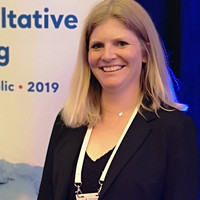
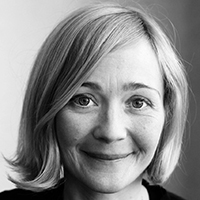


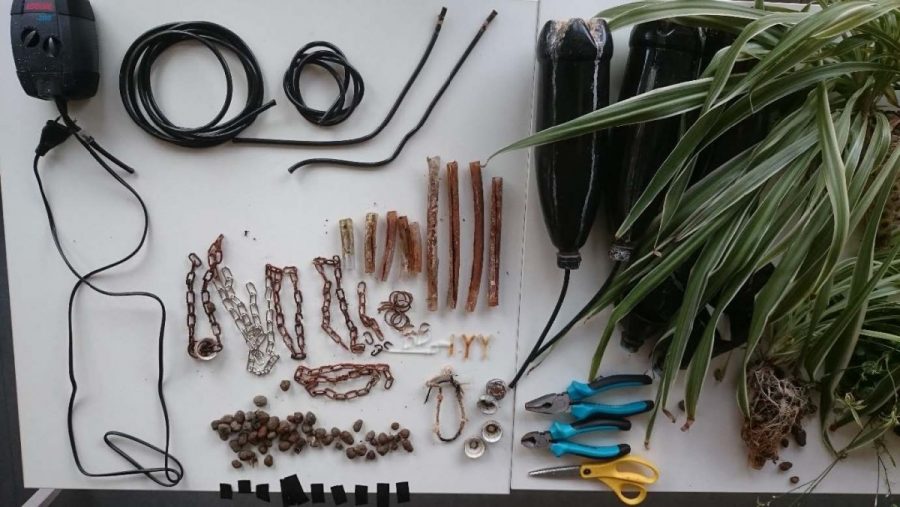 Over the past two years, these plants have breathed with us, and the humming of the pump and the dripping along the chains have filled the pauses in our conversations over lunch. The first attempt was a mediocre success: a few plants (basil and lemon balm) died almost immediately; the ivy and coffee plants fared much better, but eventually succumbed to systemic problems. The nutrient solution evaporated too quickly – we added plastic pipes along the chains to minimise splashing, but this did not fix the problem – eventually causing the system to clog up completely.
Over the past two years, these plants have breathed with us, and the humming of the pump and the dripping along the chains have filled the pauses in our conversations over lunch. The first attempt was a mediocre success: a few plants (basil and lemon balm) died almost immediately; the ivy and coffee plants fared much better, but eventually succumbed to systemic problems. The nutrient solution evaporated too quickly – we added plastic pipes along the chains to minimise splashing, but this did not fix the problem – eventually causing the system to clog up completely.